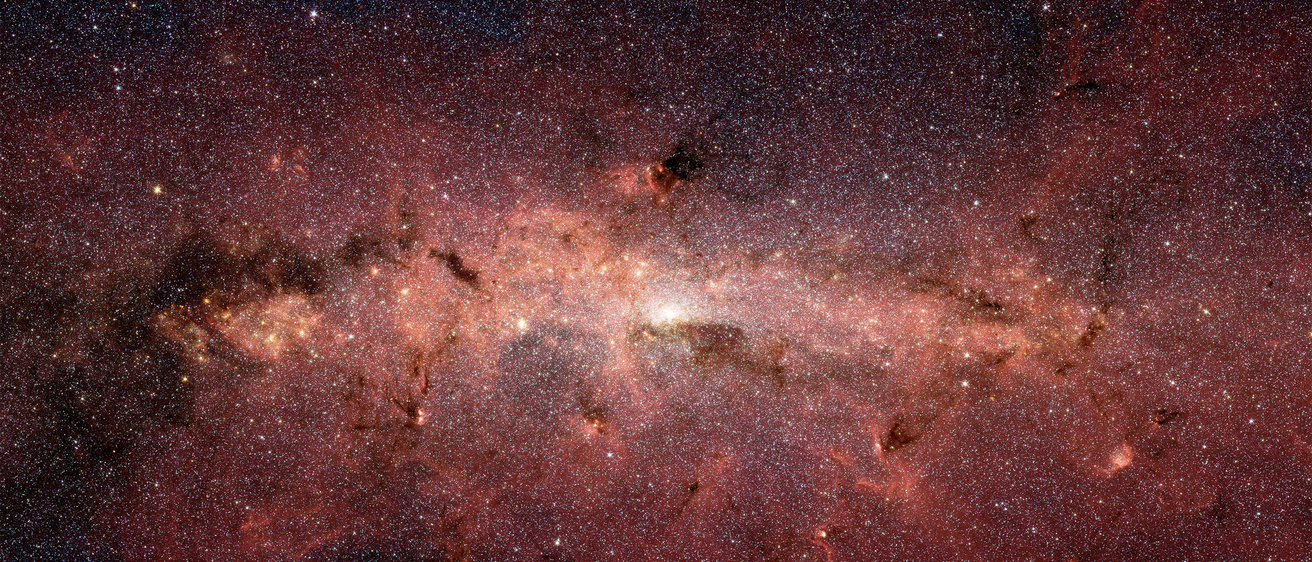
Breadcrumb
- Home
- About
About
Main navigation
Academics
Undergraduates pursue degrees in astronomy, physics, and applied physics, starting with an introductory physics sequence primarily for physics majors, separate from larger service courses. Students have a personalized experience with a low student-teacher ratio; average class size is 42 students. A physics help center staffed by graduate students is available for homework help.
At the graduate level, students work with internationally-recognized faculty advisors combining classroom studies and research to earn master of science or doctorate degrees. In addition to well-equipped campus labs, our students work at top off-campus facilities, including accelerators, observatories, and spacecraft centers.
Research
Research in the department is done in six areas and five interdisciplinary areas. Our department has a unique history in Space Physics, and there are synergies between Space Physics, Plasma Physics, Astronomy and Astrophysics, and Nuclear and Particle Physics. Other strong programs are Condensed Matter Physics and a growing effort in Quantum Information. Our faculty, and research staff, are highly productive as measured by publications, research dollars, and grants and contracts. The department receives research funding from NASA, the Department of Defense, the Department of Energy, and the National Science Foundation. In 2019, Space Physics researchers received a $115 million contract from NASA to study the mysterious, powerful interactions between the magnetic fields of the sun and Earth. The contract award is the single largest externally funded research project in University of Iowa history.
Notable Achievements
Spacecraft Instrumentation
Building on the legacy of space pioneer Dr. James Van Allen, the department is an established leader among universities in Space Physics. Our faculty and staff include researchers who have built instruments for spacecraft including Voyager, Galileo, Cassini, Polar, Cluster, Juno, Van Allen Probes, and Magnetospheric Multiscale and sounding rockets. With instruments flown on 70 spacecraft for 60 successful missions, it is one of few departments in the U.S. that offer students significant opportunities for spacecraft exploration of the solar system and beyond.
Particle Physics Discoveries
As part of the A Toroidal LHC ApparatuS (ATLAS) and the Compact Muon Solenoid (CMS) collaboration working at the Large Hadron Collider (LHC), particle physicists at the University of Iowa were part of a 2020 discovery of rare interactions between the Higgs boson and a fundamental particle called a muon. The Higgs boson is believed to give all other particles their mass and was famously discovered by the ATLAS and CMS collaborations at the LHC in 2012.
Facilities
The Department is housed in Van Allen Hall, 30 N. Dubuque St. on the University of Iowa campus. Dedicated in 1964, the eight-floor building houses faculty offices, classrooms, labs, and shops. Additional faculty offices and research labs are in the Iowa Advanced Technology Laboratories (IATL), part of the Iowa Center for Research, Exploration, and Advanced Technology in Engineering and Sciences (Iowa-CREATES). Faculty, staff, and students also work in several off-campus laboratories and observatories across the world.